Insights
Sinch Predictions: What’s in the cards for customer communications in 2026?
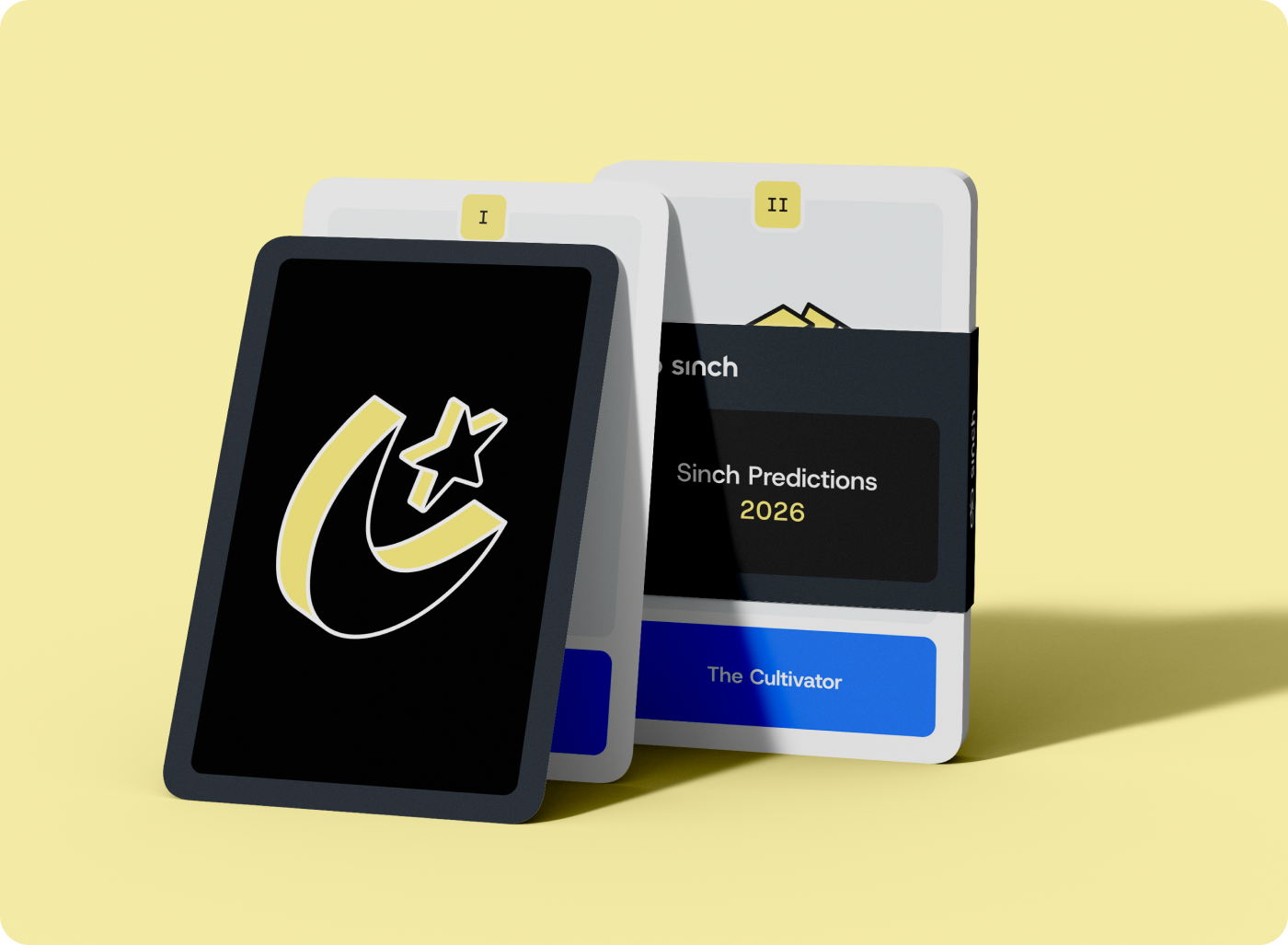
Insights

The way businesses connect with customers is changing. New channels, smarter technology, and rising expectations are rewriting the rules of engagement.
For brands, that can feel both exciting and overwhelming. If you feel like you’re one step behind, you’re not alone – the future moves fast.
That’s why we decided to look ahead and do some future-casting of our own. We’ve pulled together insights from in-house experts, our latest research, and third-party analysis to uncover the eight biggest trends that will shape customer communications in 2026.
Think of the next eight trends as your cards for the year ahead, each one revealing how today’s innovations are setting the stage for more connected, customer-first experiences.
So, what does the future hold? Let’s flip the first card and find out.
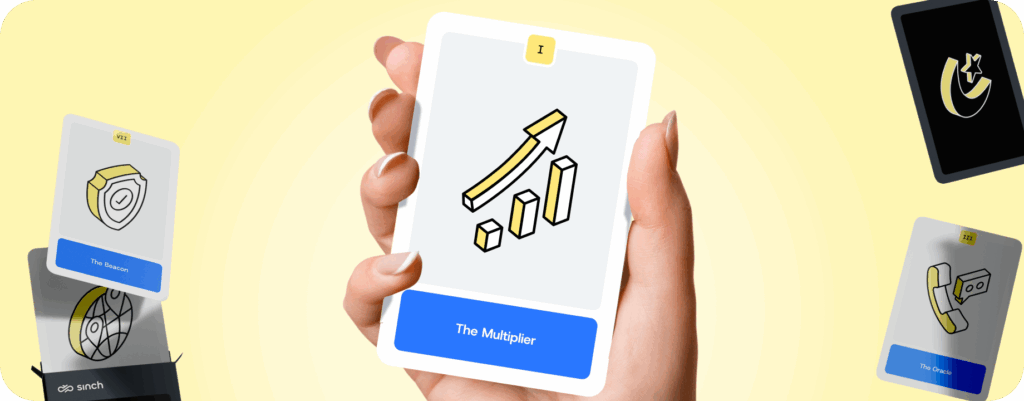
Businesses that still treat messaging as a one-way broadcast will struggle in 2026. That approach might check a box, but it misses real opportunities for deeper connection – and nearly one in three consumers find that kind of experience annoying.
Look closely and you’ll see that two big developments in AI will make one-way messaging feel outdated in 2026. First, conversational AI is making it possible for businesses to handle exponentially more context-aware exchanges at once. Second, AI agents are learning to do more than just respond to people and are starting to have conversations on their own.
“[In 2026], every company is going to fundamentally reengineer or reassess their customer journeys. AI is… ingesting so much data, and it’s learning about you all the time. It’s able to provide a much richer two-way experience through any communication channel.”

The cards are clear: AI is already creating new types of conversations, and this will lead to an explosion in conversation volume in 2026. Consumers will be able to reply to messages that used to be one-way alerts, while AI agents will also proactively reach out to them to offer support for reordering a product or rescheduling a service appointment before they even ask.
But the most profound shift will be the rise of agent-to-agent communication. Soon, your customer’s personal AI assistant could talk directly with a brand’s AI agent to find a delivery slot or book a reservation. When that happens, we predict conversation volumes will explode three to five times across industries, transforming how businesses plan for capacity, design customer experiences, and measure engagement.
How can you prepare for this increase in conversations? Here are a few ideas:
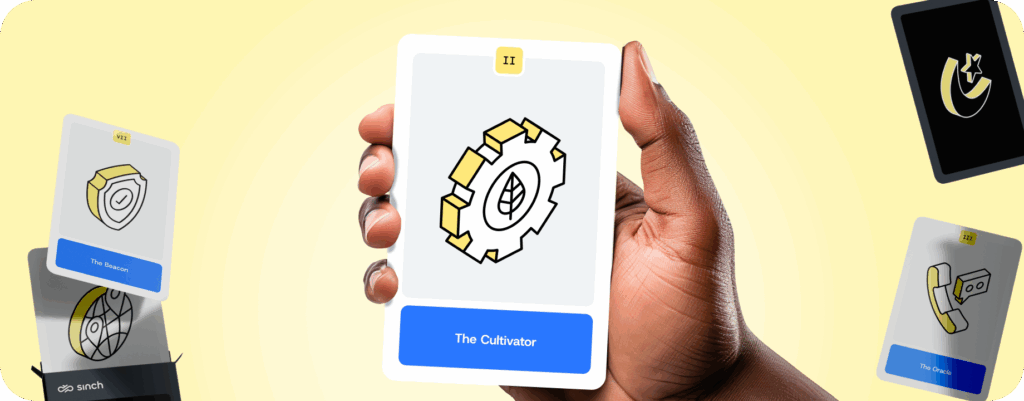
If the first major shift for 2026 will be the quantity of AI-powered conversations, the second will be all about the quality of them. For decades, contact centers have been managed with a single focus on efficiency, with success being measured by Average Handle Time (AHT). In that model, every conversation was a cost to be minimized.
By 2026, that mindset will begin to flip. As AI agents learn to manage complex, emotionally nuanced conversations, forward-thinking companies will reframe their purpose from cutting costs to creating value.
“We will go from ending the conversation as soon as possible, to solving the problem as soon as possible. This will lead to opportunities to deepen the relationship with customers, generate more value, and, in turn, generate more revenue.”

Advances in speech-to-speech technology are part of what’s driving this trend. Voice AI agents can now respond at human speeds, removing the awkward pauses and robotic feel of early bots. And on the text side, chatbots are becoming more capable too. Deflection rates – or the percentage of customer requests resolved by AI without ever needing a human – are now hitting 65%.
These AI agents will transform the role of customer service. They’ll be able to sense frustration to prevent churn, offer thoughtful recommendations, and build genuine rapport. The goal won’t be to quickly close tickets, but to strengthen customer relationships.
Here are a few ways to start preparing your business for this change:

When something really matters, people want to talk and not type. And in 2026, they’ll finally be able to, thanks to the developments in Voice AI that will make conversations faster, smoother, and more natural.
By 2026, the definition of an “automated voice” experience will finally mean something better than the dreaded Interactive Voice Response (IVR) menu. Those loops, long holds, and confusing menus have defined the experience for decades – and 85% of consumers say they hate them. And when combined with businesses using text-based chat for complex issues, it’s no wonder that people see automation as a barrier to getting real help.
But that’s changing fast. In 2025, 63% of businesses said they planned to adopt AI voice assistants. And new speech-to-speech AI models are already responding in around 800 milliseconds (ms), not far off from the 300-600 ms it takes during a human conversation.
“Tech is [now] capable of handling a natural language or a natural dialogue between people. The conversation today is much more context-aware, and can help you get a path of resolution much quicker. You can describe your problem, and the AI will immediately realize your intent and then connect you to the right place.”

AI agents will be able to handle complex requests in less time, and customers will finally be able to explain an issue in plain language – and be understood right away. They’ll be able to talk freely to systems that actually listen, and match how they communicate. This means that there will be no more frantically pushing buttons or desperate cries for “representative,” but just natural conversations that get to the point. This is one of those moments where the future seems to speak for itself.
How to prepare for your business’ update to Voice AI:
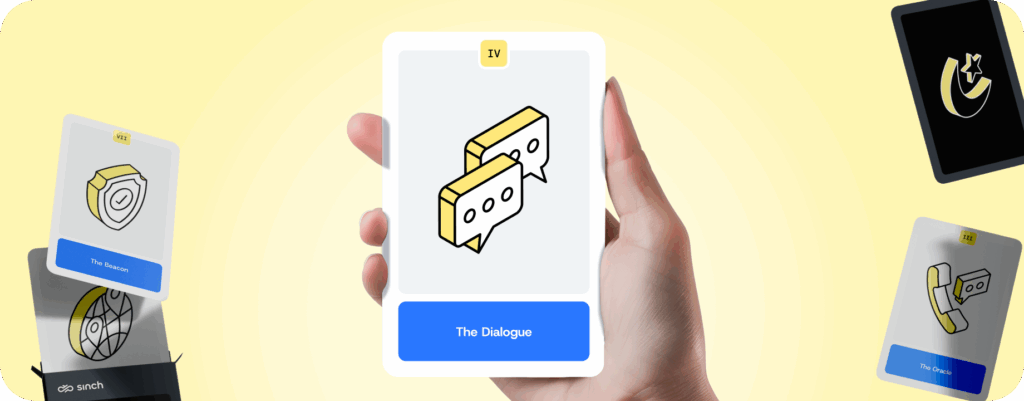
ChatGPT and other AI tools have completely changed how people expect to interact with brands. Consumers have experienced what it’s like to have fluid, back-and-forth exchanges with AI, and now they expect the same from businesses. In fact, our research shows that 28% of consumers feel annoyed when they can’t ask a question in response to a customer update.
“We’re already seeing great results. Companies going from one-way messaging to two-way conversations – they’re seeing conversion rates from two- to ten-times results compared to their traditional channels.”

By 2026, brands that keep broadcasting one-way messages will feel out of touch. Consumers will expect to be able to respond, ask a question, or take action in any message thread – and they’ll expect brands to be ready with real answers.
SMS will remain the reliable foundation for reach and critical alerts. But richer channels like RCS and WhatsApp will bring another layer of engagement to make experiences interactive. It’s no surprise that 40% of business leaders already see increased engagement as the primary benefit of channels like RCS – and we can expect that number to keep growing.
No need to shuffle the deck – the future’s pretty clear: Brands that make strong connections will win. Here are a few ways to prepare your messaging strategy to become more conversational:

Loyalty doesn’t happen by accident. It’s built through connected experiences that feel personal and easy. The days of a consumer starting a chat with a business on one channel, and then having to repeat themselves on another channel, are over.
Here’s the disconnect: While 81% of consumers have a negative reaction when they have to repeat information during support interactions, only 55% of businesses say their communications are fully integrated with their tech stack. That leaves almost half unable to deliver a truly connected journey – a massive competitive vulnerability heading into 2026.
In 2026, the brands that thrive will be the ones that can carry the conversation and remember context across every channel and touchpoint.
“In the future, the conversation will follow the customer regardless of channel. Communication will be across channels, across use cases, tying together the whole customer journey.”

AI will help make this possible. It will be able to summarize a chat interaction and instantly pass the context to a human agent, who will see the entire history before they even say hello. This will make consumers feel heard and valued, and will keep them coming back.
Here are a few ways you can prepare your channels to be better connected:
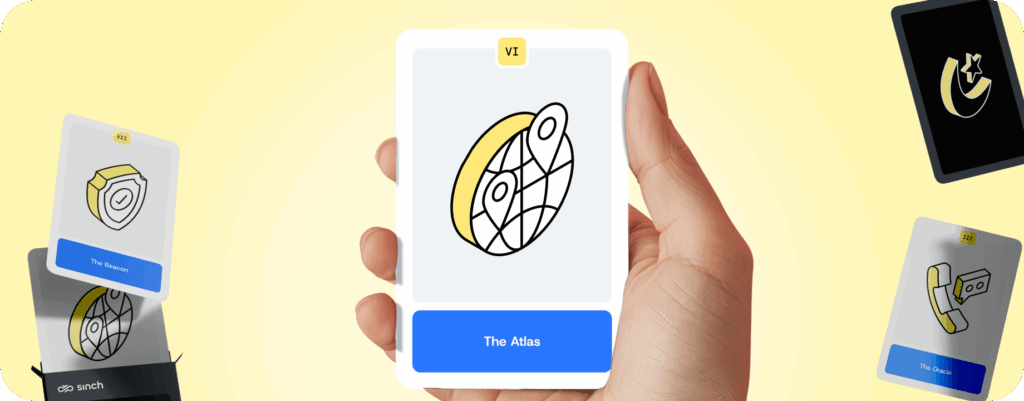
For years, many global brands have tried to apply a one-size-fits-all approach to messaging. But this approach has rarely worked because people don’t communicate the same way everywhere. Channel preferences, local norms, and even regulations vary widely from one country to another.
By 2026, success will depend on how well brands can adapt to those preferences. It goes beyond knowing that WhatsApp dominates in Brazil or India or that RCS is taking off in the U.S. The real need is for brands to understand how people in each region prefer to connect – and working with local experts who understand the nuances of language, culture, and compliance.
“To win globally, you have to master communications locally. In order to provide the best possible customer experience, which ultimately is what every brand wants to do, they need to deliver and send the right message at the right time on the right channel for the consumer.”

The key to success won’t be to build dozens of separate messaging strategies from scratch in 2026. It will be to combine global consistency with local expertise – sending the right message, to the right people, on the right channels in each region.
Here’s how you can make sure your business is prepared for a global messaging strategy in 2026:
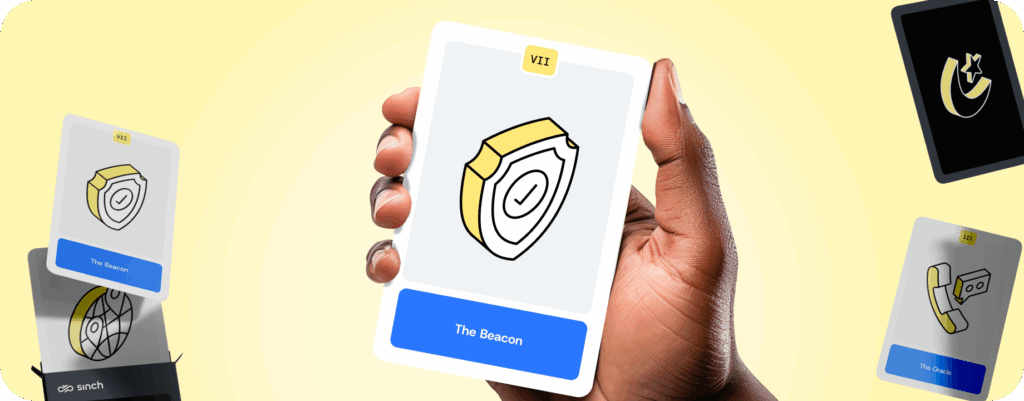
Modern consumers are understandably cautious, especially with double-digit growth in spam and fraud calls. That caution makes it difficult as a brand to stand out, especially because even legitimate messages are often viewed with suspicion. Our research shows that 53% of consumers have received legitimate brand messages they initially found suspicious, creating a major barrier to trust.
By 2026, the brands that win will be those that make trust visible and frictionless. They’ll do two things exceptionally well: Make every message visibly safe, and secure every customer interaction with authentication that feels effortless.
“In the future, instead of receiving a one-time password, you’ll get verified in the backend. It caters for a much smoother user experience and the fraud vector, a text message, is removed. You get better security and a much, much better user experience by removing that friction.”

First, when brands reach out to consumers, they’ll need to provide instant visual proof that their messages are legitimate. Verified sender profiles (with official logos and/or checkmarks on channels like RCS and WhatsApp) will become the norm.
Second, when consumers reach out to a brand, security will feel effortless. Smart, invisible protections, like passive biometrics and passwordless authentication, will keep people safe in the background. Around half of consumers even say they feel more secure when these extra steps exist.
The signs all point to the same truth: Visible verification and seamless security will set a new standard for building trust in 2026.
Here’s how you can prepare for this reality:
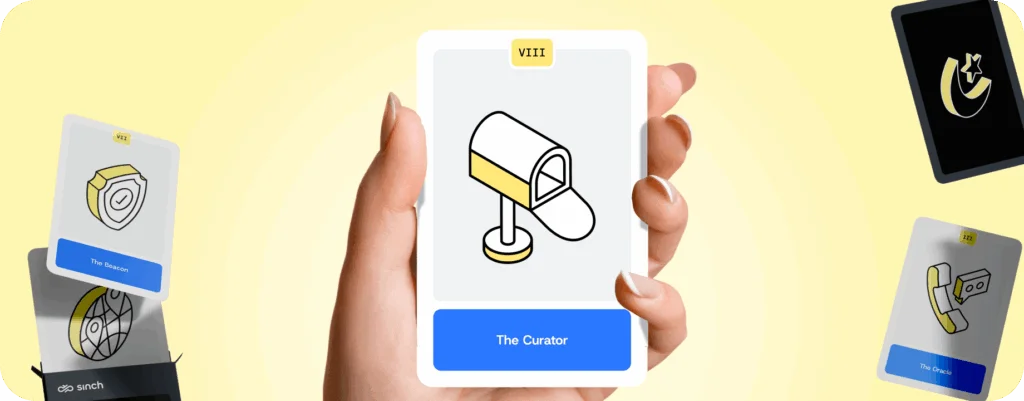
For years, businesses have tried to move past mass email blasts by incorporating some light personalization – like adding first name here or applying a broad segment there. And while this strategy made emails feel a little less generic at first, it doesn’t provide the relevance customers now expect. With recipients now demanding truly targeted communications, this approach has only contributed to make inboxes feel impersonal and cluttered.
By 2026, that will change as inboxes evolve. Inbox intelligence and stricter sender requirements from Apple and Google will act as personal gatekeepers, deciding which messages deserve attention. They’ll sort, summarize, and prioritize based on what they think matters most to each user.
“The exciting thing about 2026 is [consumers] will suddenly have this curated, intelligent inbox that knows you. For once, we’ll be able to truly deliver on that personalization promise that we have talked about for years.”

Fortune favors the relevant, and to earn a place in the primary inbox, brands will need to go beyond broad segmentation and prove that every message is worth opening. That proof comes from providing real, demonstrable value, through messages that anticipate a customer’s needs instead of just trying to sell to them.
Our research shows that 42% of consumers expect personalized promotions, and nearly 30% expect brands to use their purchase history to make messages more relevant. The brands that meet those expectations will win attention on one of the most powerful channels that exists.
How you can prepare for updating your email strategy in 2026:
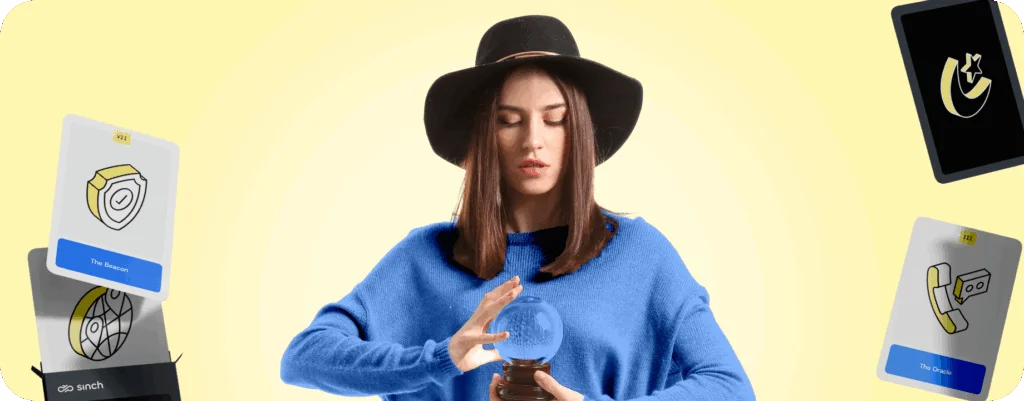
Before 2026, communication has been mostly about efficiency and reaching as many people as possible. But in turn, it often sacrificed meaning, trust, and emotion.
In 2026 and beyond, everything shifts towards effectiveness:
It might feel overwhelming, but for the brands ready to embrace these shifts, the signs are promising. And while we can’t promise the future is set in stone, our reading suggests one thing clearly: meeting customer expectations is key.
Curious what these predictions will look like in action? Join our upcoming expert webinar and explore what’s next for customer communication in 2026.
The cards have spoken – now it’s your move. At Sinch, we’re helping businesses bring this future to life by building technology that helps make every interaction more trusted and more human. Curious to know how our team can help? Let’s chat!